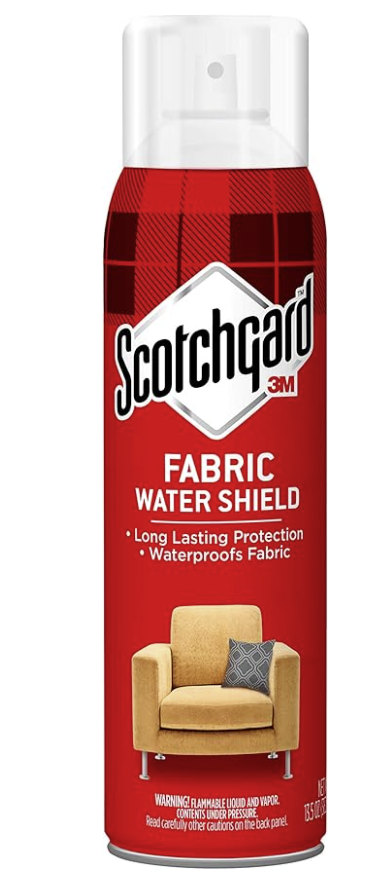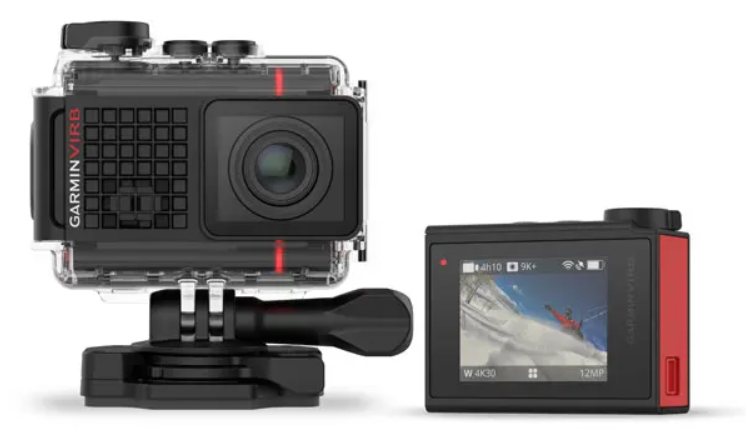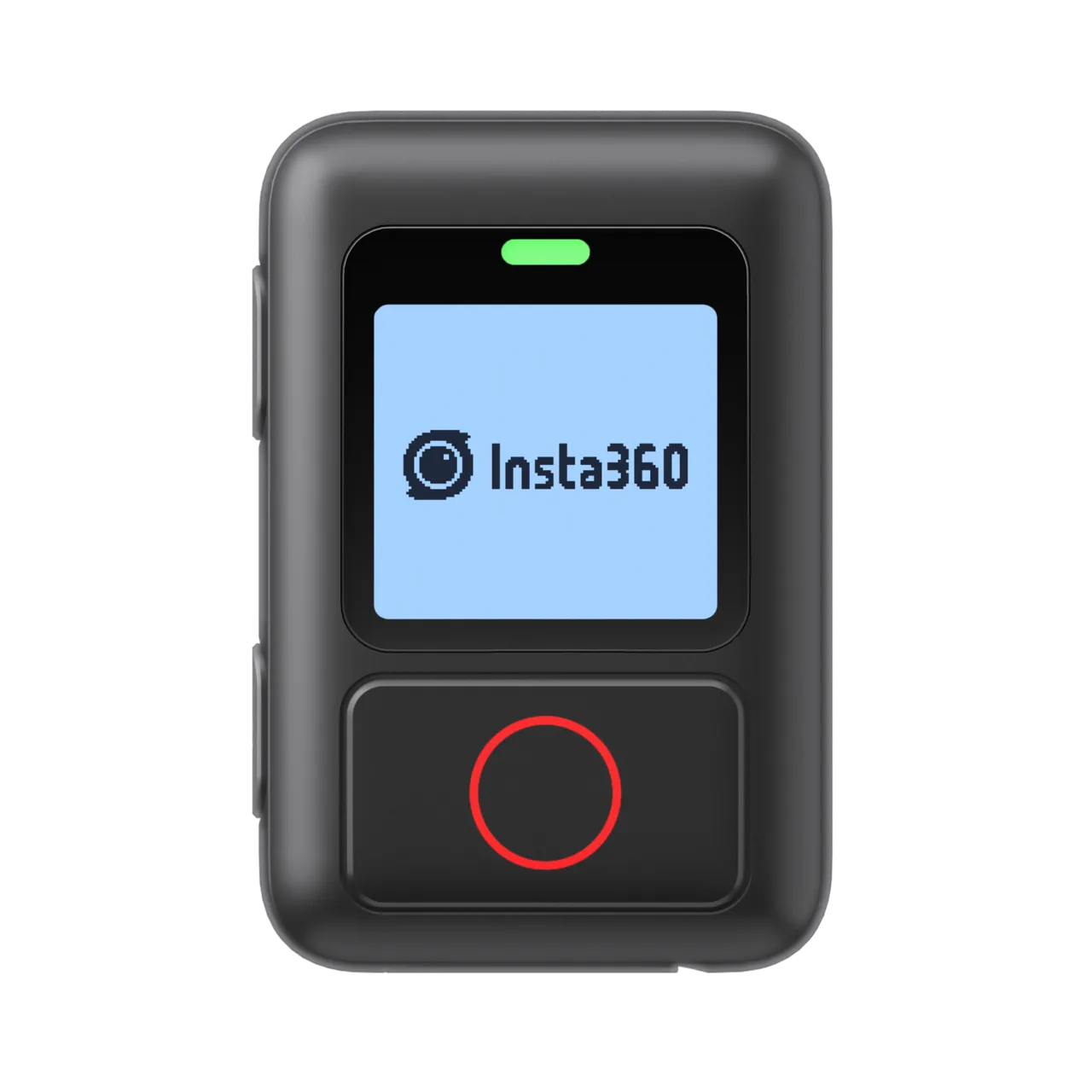I post videos to YouTube of my eMTB and dual sport motorcycle rides pretty much every weekend. I posted an article about my setup here: https://jimroal.blogspot.com/2025/01/my-action-camera-setup.html. The Insta360 X3 was a fantastic camera, and now they have come way down in price. I bought mine in 2023 and it has had heavy rough use since then. Earlier this year it stopped connecting via USB, but it would still charge OK. This was minor as I just popped the SD card out to process the video. More recently additional problems cropped up. Every once in a while it seemed to not interact right with the remote. Sometimes I would miss catching video. Then it started dating files wrong. The final straw was the video became jittery and blurry at times on rough terrain (most of my riding). I had been eying the X4 but decided it was not enough of an upgrade. Then the X5 came out while my X3 was having these issues. I was caught at a time of weakness so I bought the X5.
Friday, June 13, 2025
Action Camera Upgrade
Saturday, May 31, 2025
Make zippers smooth in dusty environments
I ride off-road in very dusty environments. One problem I have is with all the zippers on my riding gear, backpack, and storage bags on the motorcycle and bike. When they get dusty they are very hard to zip and unzip. They get jammed up with the layer of dust. I blow them out with compressed air and that temporarily makes them less bad but it does not take long riding for them to jam up again.
My storage bags on the bike are not waterproof. When I get done riding I rinse the dust off the bike before putting it away. When I do that some moisture gets into the storage bags. I decided it may help to Scotchgard the bags.
Saturday, January 11, 2025
My action camera setup
I like to video many of my eMTB and motorcycle rides to share with others. This way people can see what the trails are really like before they ride them. I organize playlists around both rides and by locations/trails on my YouTube channel @jimroal (https://youtube.com/@JimRoal ).
Note: I upgraded this June 2025: https://jimroal.blogspot.com/2025/06/action-camera-upgrade.html
I bought a Garmin Virb Ultra 30 back in 2017 and I use that for recording in-car videos. It is great and has GPS and accelerometers in it so I can get lap times, speed, acceleration, etc. I still use that today for in car video. I tried using it for bicycling and it worked OK but had it's limitations. The smoothing has limits due to the lens size, sensor, etc. Also, this camera is obsolete and no longer supported.
I researched the latest action cameras that were available at the time (May 2023), watching many videos comparing them specially for bicycling and motorcycling type recording. I settled on the Insta360 X3 which was new at the time I bought mine (May 2023). I was a bit disappointed that the GPS was not built in at first but bought their GPS remote which solved that problem. I used it on both the bicycle and the motorcycle and found the smoothing to be excellent, magical in fact. Some of my first videos were on my bicycle helmet which is of course the smoothest since we stabilize our head taking much of the roughness out already.
Here is an example shot in 360 so you can pan around while watching: https://youtu.be/77zYU4A2Rrc?si=qIAglyxqMXvBwMmI
Saturday, November 9, 2024
Exploring La Madre Foothills
La Madre Foothills is an area in the Northwest of the Las Vegas valley. This area is managed by the Bureau of Land Management (BLM) and is part of the Red Rock Canyon National Conservation Area. The BLM recently completed a study and plan for this area that is documented here: https://eplanning.blm.gov/eplanning-ui/project/2031812/510 . While the plan closes many current trails, it also leaves several open, including some trails for motorized use. I have ridden my bicycles in this area for years.
Here is a link to the map above in the Wilderness Connect mapping system. Part of this area is designated wilderness which means it is closed to all forms of "mechanized travel". However, many areas are not wilderness and are covered in the BLM Alternative B plan described above. Numerous existing 2-track trails have been designated for closure (shown in grey). The 2-track known
as "Burro Road" in TrailFolks actually passes though both BLM land, and between a narrow corridor in the
Others have called this same 2-track "Bad Words". This 2-track connects Little Red Rock to Harris Springs Canyon and eventually Kyle Canyon at the Twilight Zone parking lot. Traveling from Little Red Rock you will encounter 2 challenging hill climbs shown by the blue arrows below.
Below is the West hill which borders on the BLM property on the West side.
After climbing that hill in the background (photo above), there is a narrow wash that is a corridor between La Madre wilderness that is not designated wilderness (image below).
You can also connect between these 2 climbs by taking the trail Trailfolks calls "Washaway": https://www.trailforks.com/trails/washwaywhich can be accessed from the West end of Centennial or Tropical.
OnX calls the route from the West end of Tropical to Little Red Rock "La Madre Mountain Pass":
https://webmap.onxmaps.com/offroad/map/query/36.248741,-115.398308,12.68/overview?id=3ae6d4f0-ec7e-5c1e-874e-6b43431ecd37
Here is the GPX file: https://drive.google.com/file/d/1WC6AP2bAZwo1of2FnU-jgFCSorH8-40Q/view?usp=sharing I rode this on my eMTB.
Here is a GPX going up Kyle Canyon and down the central valley (image above):
https://drive.google.com/file/d/1UCmzd0fpf4sdBMBmkTaIYoPb4UfnggpG/view?usp=sharing 15 miles. I rode this on an eMTB.
Here is a YouTube playlist of videos from this route:
https://www.youtube.com/playlist?list=PLZ4ONVypz2fYbWQQGuH5obVuBiGs9SVVR
From the Kyle Canyon side, heading East there is a wash that leads to the top of the West pass.
Friday, June 7, 2024
Biktrix Juggernaut Ultra FS Pro 3 - 1000 mile update
Saturday, July 29, 2023
Use an old smartphone for bike navigation
I enjoy mountain biking off-road and often in areas with no cellular. Sometimes I ride in areas with many established trails that cross each other and navigation would help. I looked into bike navigation but they have small screens, are costly, and many of the features are redundant with my Garmin fenix 6x Pro Solar watch. I also never trade in my old smartphones so I have several fairly recent ones laying around. I decided to use my old Motorola Z4 smartphone as a biking navigation using. First I needed a real robust mount. I started on Amazon and found this one.
It grabs all 4 corners and locks in place.
I cleared and reset the phone, removing all unnecessary apps to minimize battery consumption. I also put it in airplane mode, and keep WiFi and Bluetooth off to save power. The Moto Z4 I am using also supports MotoMod batteries, of which I have a few. I am using the 2200mAh unit primarily and I can hot swap in others if it gets low on the trail (which is unlikely). I could also connect the phone to the USB port in the bike display to keep it charged if I wanted. I removed the SIM card as well so it would not search for cellular even out of airplane mode. Then I installed Google Maps, Trailforks, Garmin Explore, and GAIA maps. All of these offer offline maps of bike trails. There are many others too. So far I found GAIA to be the best for bike navigation as it can ever store satellite maps offline.
Here is how I organized the home screen.
Saturday, June 24, 2023
Biktrix Juggernaut Ultra FS Pro 3 - 350 mile update
I now have over 350 miles on this bike, most of that off-road. This bike has been great for my riding style. I have the optional range extender battery which allows me to ride about 75 miles off-road on a charge. My riding includes many long hills and loamy conditions that burn through power too.
I have had some creaking noises which sound like they are coming from the handlebar area and possible the motor area. I checked and rechecked everything and all is tight.
When I bought this bike they offered several upgrades. One of which was a $300 Wren hub upgrade. I passed on it thinking why would I need that? Well, I found out why. I was up at Little Red Rock on a loamy hill. I hit the throttle and heard a snap and then the cassette just spun, no longer driving the wheel.
Luckily I was up hill so I was able to coast down to a main road and get picked up. I got home and took the hub apart and sure enough the ratchet teeth had sheared the ends off.
.
Friday, April 7, 2023
Garmin InReach Messenger Review
I like to ride my mountain bike up in the mountains. Sometimes I am in canyons between mountains where there is no cellular reception. I decided I needed a satellite messenger so I could always communicate, and for safety. I already have a Garmin fenix 6X Pro Solar watch, and a Virb Ultra 30 camera so I decided to stick with Garmin for this as well. As I was looking, they just introduced this InReach Messenger device so I bought one.
This device integrates with the Garmin ecosystem so the watch can trigger tracking and well as SOS and other features. This device also pairs with my smartphone so I can use the smartphone UI to create, send, read messages and other functions. Using the smartphone is very handy as it has a nice big screen and I am very used to interacting with it versus learning a new UI that is far smaller. The device uses a Messenger app to connect and interact with the device. The device can be used stand-alone though which is great. If for some reason I did not have my phone I could still communicate.
I had read some reviews about this device as it was just coming out. One of the pro's was great battery life. I have found the battery life to be stellar actually. I am writing this article in April and I have not charged it since last year. It is still over 70%. I use the device about 3 hours a weekend most weekends, year round.
Messaging is pretty simple and it can automatically switch between WiFi, Cellular, and Satellite as needed to minimize satellite charges. I have never used all my messages in a month. It also sends my location every 10 minutes so my family can see where I am regardless of cellular connection. This is great for safety.
Overall I would highly recommend this device for people who like to go places where there is no cellular.
Saturday, March 25, 2023
Contrasting electric mountain bike hub-drive versus mid-drive
I enjoy real off-road mountain bike riding in places where full suspension is a must and fat tires are needed to get through the soft loam. Much of my riding includes long steep hills, some in loamy terrain. I often ride Jeep trails as well as dedicated bike trails.
I started with a very inexpensive mountain bike with full suspension and 2-1/4" wire tires. The narrow tires would sink in to the gravel and sand I often encounter. Even on hard pack trails, the long steep climbs were exhausting. I realized I needed a fat tire bike with full suspension. Once you get that, you have a heavy bike so I decided to go electric as well (which of course add even more weight).
I have been riding my Rurui XT10 rear hub drive electric mountain bike over a year and over 1,100 miles. In that time I failed 2 controllers due to overloading them on long steep hills. Since the motor must handle the wide speed range with no transmission, it is very poorly suited to low speed riding. On PAS 1 it would go about 12mph where assist would then taper off. Below about 10mph the motor was just turning too slow and was very inefficient. Electric motors may produce high torque at low speeds but they cannot sustain that very long. The long steep hills were too much for the hub drive system. The hub drive I have in this bike is geared which helps but it was not enough of a gear ratio for the riding I was doing. Freewheeling the bike would reach 39mph top motor speed. I never needed to motor to 39mph. 25mph would have been much more applicable to my riding. A hub drive with much high gear ratio could really help.
 |
However, the other issue is how and when power is applied. The Rurui had what is called a "cadence" sensor which measures the crank speed. In reality it seemed to only measure if there was crank speed or not. If you were pedaling, it applied power assist based on your PAS level selected. It makes for a strange riding experience since the motor power applied is independent of your pedaling force. There is also a delay in reading pedaling speed (cadence) and applying power. If you wanted to ride slow through some technical bits, you really had to cut the motor power. I would often do this by just pulling a brake lever far enough to cut the motor. There are now hub-drive bikes that use torque sensors.
I think hub drives are a decent approach for road bikes or at least when riding on well developed hard trails with gentle slopes.
I analyzed many approaches to augmenting the Rurui to better suit my riding. I could add a front hub drive and I have seen some bike like that on the market. However many of the downsides would still exist, now with the added weight of another motor and a whole bunch of added complexity.
I could add a mid-drive. This would give the benefit of mid-drive but also keep the hub drive. It could more than double my power. I could switch between as needed or use both. Again, weight and complexity were concerns. Another big concern was how low the add-on mid drive systems hang. I already had problems smashing my pedals on rocks I did not want to smash a motor.
It was time to just upgrade the bike. I needed a powerful mid-drive bike with more speeds to handle tougher off-road situations. I needed to be able to crawl along at lower speeds through the technical stuff. I needed to be able to climb much steeper and longer off-road hills. I needed better suspension to keep the pedals out of the rocks. I needed a drive system that would work better at low speeds and higher loads for long periods. I wanted less un-spring mass on the bike for improved suspension performance. After many months of research, I decided on the Biktrix Juggernaut Ultra FS Pro 3.
I have ridden this route before on the Rurui several times. I normally have to get off and push the bike up the steep parts. Not on the Biktrix. I did push through a few very steep technical bits but that was not because the bike could not climb it. This ride was a breeze on the Biktrix.
Saturday, March 18, 2023
Biktrix Juggernaut Ultra FS Pro 3 - 30 mile review
I bought this bake based on my experiences with prior bikes given where I like to ride. I go off-road much more than on pavement. I put 1,200 miles on my Rurui XT10 and learned many things about the pros and cons of hub drive electric mountain bikes. I realized that for my riding I needed a powerful mid-drive bike so after shopping around, I bough this.
The power delivery from this bike is much better suited to my riding. It uses both crank torque and cadence sensors to determine how much motor power to add. This is a much more controlled and natural way to add assist power. It also takes advantage of all the gears, 11 on this bike, to provide high torque and a wide speed range. The mid-drive is also all suspended weight which gives better suspension dynamics in rough terrain.
It arrived in a box very similar to my Rurui bike did.








































